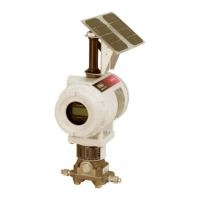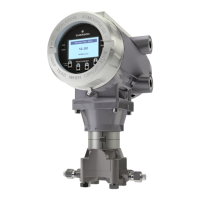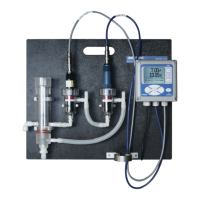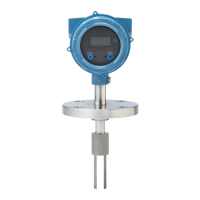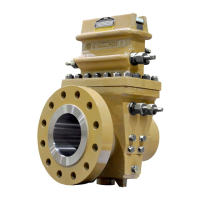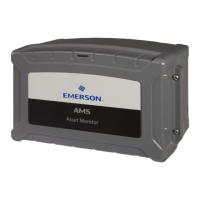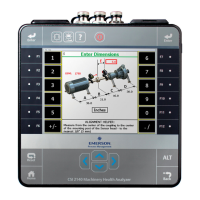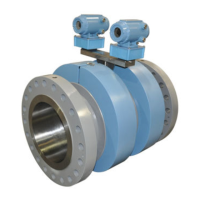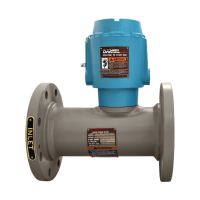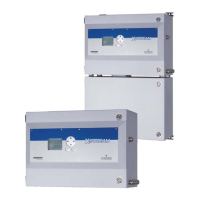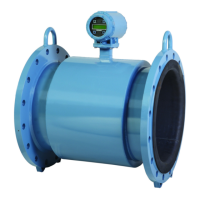FloBoss 103/104 Instruction Manual
Revised August-2017 General Information 1-7
Display (LCD) drivers; and controls for the Dual-Variable Sensor
(DVS), the Pulse Interface module, and the optional I/O termination
points.
The microprocessor has low-power operating modes, including
inactivity and low battery condition. The FB100 comes standard with
512 KB of built-in, static random access memory (SRAM) for storing
data and history. The FB100 also has 2 MB of programmable read-only
memory (flash ROM) for storing operating system firmware,
applications firmware, and configuration parameters.
The battery charger module controls charging of the internal batteries, if
installed. The batteries are three D-size lead-acid batteries providing 2.5
Amp-hours of current at 6.2 volts nominal. The battery charger board
also serves as the interface to the optional LCD assembly, as well as
supporting the On/Off and Norm/Reset jumpers.
A backup battery provides backup power for the static RAM and the
real-time clock. This battery is field replaceable and under normal
conditions has a functional life in excess of five years.
Dual-Variable
Sensor (DVS)
The Dual-Variable Sensor (DVS, available on the FB103) measures
static pressure and differential pressure for orifice flow calculation by
converting the applied pressure to electrical signals and making the
readings available to the processor board.
The DVS housing fastens to a flanged adapter, which, in turn, mounts
with four bolts to the bottom of the enclosure (see Figure 1-1). The
DVS cable connects into the backplane board. Refer to Chapter 6, Dual-
Variable Sensor.
The Pulse Interface module (available on the FB104) measures the flow
of natural gas using turbine metering or rotary metering by converting
the applied pressure to electrical signals and counting the number of
pulses (from rotary meter) and making the readings available to the
processor board.
The module housing fastens to a flanged adapter, which, in turn, mounts
with four bolts to the bottom of the enclosure (see Figure 1-2). A cable
connects the module into the backplane board. Refer to Chapter 7, Pulse
Interface Module.
Resistance Temperature
Detector (RTD)
An RTD temperature probe typically mounts in a thermowell on the
meter run. The RTD measures the flowing temperature. Protect RTD
wires either by a metal sheath or by conduit connected to a liquid-tight
conduit fitting on the enclosure.
The RTD wires connect directly to the RTD connector on the
termination board inside the enclosure (see Figure 1-4). Refer to
Chapter 4, Input/Output.
The built-in inputs and outputs (I/O) on the FB100-Series (see Figure
1-4) consist of a 2- or 3-wire 100-ohm Resistance Temperature Detector
(RTD) input interface and a port for either a Dual-Variable Sensor
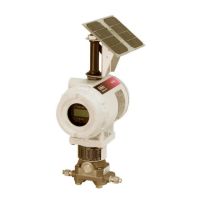
